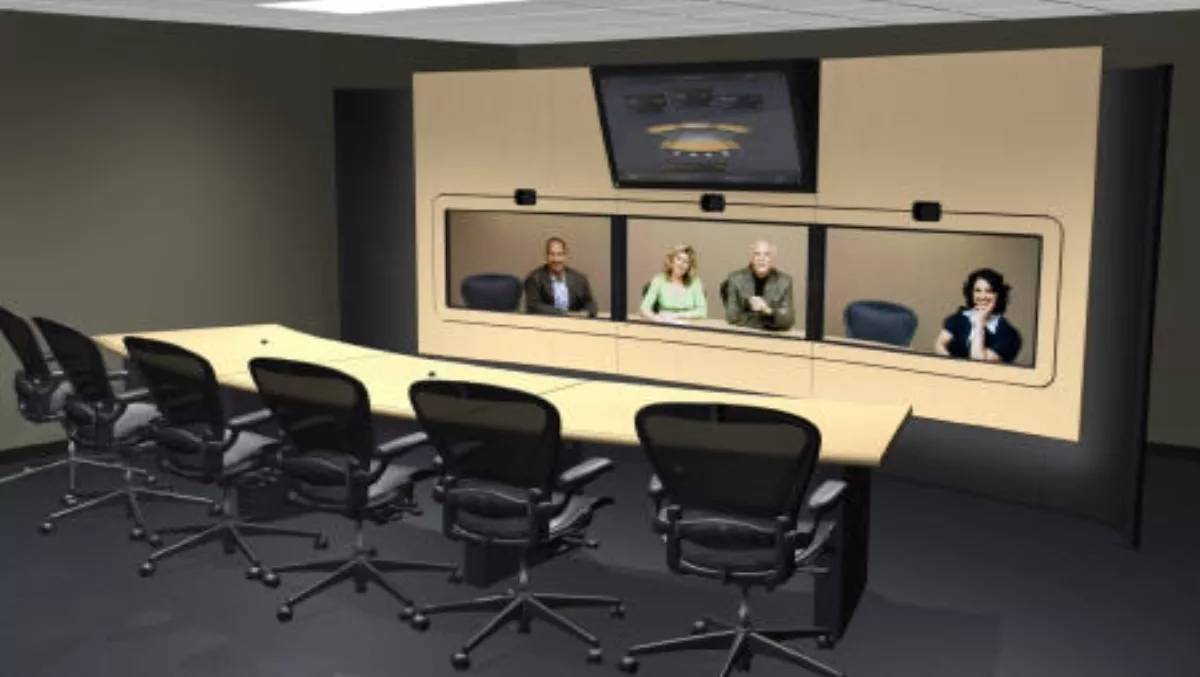
Videoconferencing in UC strategy
The past few years have seen a rapid transformation in the way people communicate, both at work and in their personal lives. Technology has facilitated great change in the way we send, receive and process information. In 2011 we expect to receive information quickly and, most often, we are seeking face-to-face channels to communicate and distribute that information.Against that backdrop, the role of video in business has grown exponentially in recent years. More and more organisations see that the most effective way for their people to communicate and collaborate together is with the support of videoconferencing, which essentially provides an organisation with real or near time social interactions no matter the time, day or place. The growth is equally rapid in desktop videoconferencing as it is in room-based videoconferencing. Both forms are used by organisations looking for the productivity lift and cost savings which come from teams working closely together regardless of location.Desktop videoconferencing provides a much faster, easier and more effective way to communicate. With its ability to be flexible, mobile and immediate, video technology allows organisations to break free from the barriers of communication that once restricted them, while still being cost-effective. It supports faster turnaround on workflow progression and improves external and internal communications as people share knowledge more effectively via a much richer quality of communication. Because it is on the desktop, it has all the benefits of enabling ad hoc, ‘any time’ communication, just like the phone, and it runs from wherever the desktop may be.To support the shift in business collaboration that videoconferencing offers business, IT managers and their IT partners need to look at their network. New desktop videoconferencing and networking technologies offer tremendous potential, but in order to take advantage of that potential, an organisation’s network platform is key. A strong network ultimately stabilises an organisation’s infrastructure, thus allowing effective and safe business to take place. Questions IT partners can ask of their customers to ensure they are able to harness the power of videoconferencing within their UC platform include:
- What is the current bandwith available for the LAN/WAN connections in the customer’s network infrastructure and what are the utilisation figures for each of those connections? The available bandwidth determines not only the amount of concurrent video sessions but also therates and subsequently the resolution that can be used.
- What is the quality of the existing IP-telephony voice platform? Customers should understand that, during a video conference, even more emphasis is placed on the quality of the voice. During a video conference attendees will accept video issues and continue with the conference, however if there are audio issues during a video conference the session is of no use and will be terminated.
- What endpoints are required to support video and at what resolution? Quad core desktops/laptops can now support high definition video (with a suitable HD webcam) however it is of little use when the users of these will be in conference with a 640x480 android/windows tablet. Also the choice of webcam is important here. The Cisco PrecisionHD USB webcam, for example, takes responsibility for the video processing and reduces the requirements for PC’s down to dual core
- What ‘type’ of desktop video is required? For example, is the requirement for point-to-point video and/or multi-point video between internal users or for B2B video conferences between organisations? This will determine not only the internal and edge infrastructure required but also the choice of customer premise based or Software as a Service based solution.

